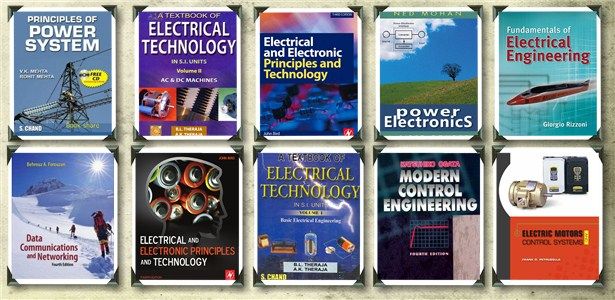Factors involved in selection of factory drives:
|
- Supply system
|
: DC
or AC
|
|
- Rating
|
: kW,
MW
|
|
- Drive
|
: constant
speed, Variable speed
|
|
-
Special Condition
|
: High
starting torque, Hazardous location, Traction duty etc.
|
|
- User’s requirement
|
:
Duty cycle, noise level, load characteristics etc
|
|
- off load, load condition
|
|
|
-
Enclosures & cooling requirement.
|
|
|
- Environment condition
|
|
|
-
Applicable standards
|
|
|
- Cost considerations
|
|





















